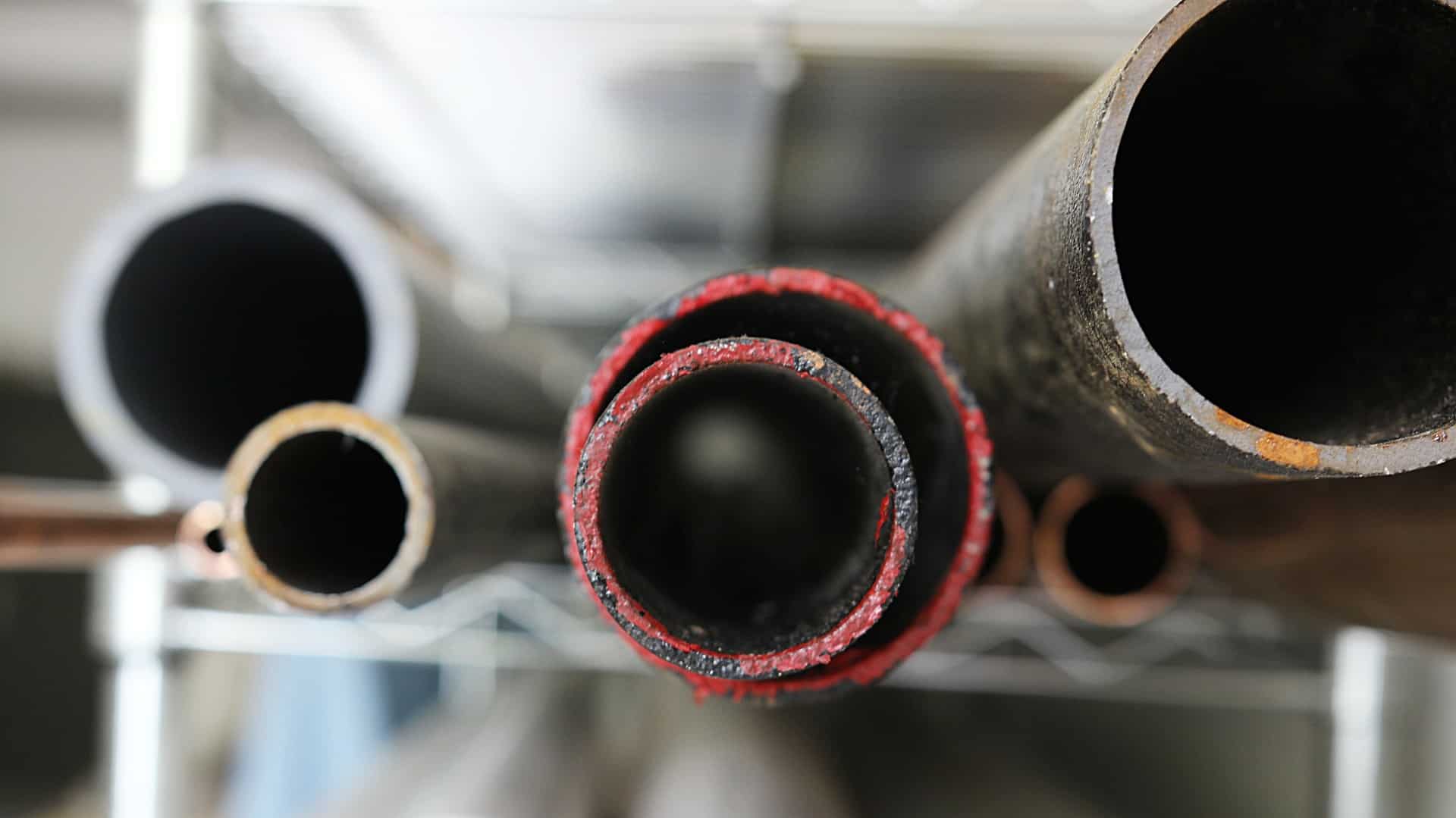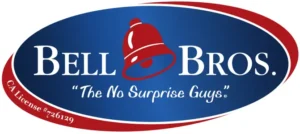![]() I’m generally a pretty easy going guy. I take everything in stride and go with the flow in almost every situation—except when it comes to the dentist. I’ll admit, I’m a bit stubborn when my annual checkup and cleaning rolls around. I don’t like the poking around in my mouth and I especially don’t enjoy the fluoride treatment. But what I’m most afraid of is that the dentist will find a problem that needs really extensive (and really expensive) treatment.
I’m generally a pretty easy going guy. I take everything in stride and go with the flow in almost every situation—except when it comes to the dentist. I’ll admit, I’m a bit stubborn when my annual checkup and cleaning rolls around. I don’t like the poking around in my mouth and I especially don’t enjoy the fluoride treatment. But what I’m most afraid of is that the dentist will find a problem that needs really extensive (and really expensive) treatment.
As you can probably imagine, I typically put off going to the dentist for as long as I can, doing my best to ignore any signs of trouble. In the past, this hasn’t been too big of a problem but, recently, I ended up needing a root canal. Needless to say, it wasn’t fun and it wasn’t cheap.
The key lesson here is that there are consequences for ignoring signs of trouble. In my line of work, I see this happen a lot with plumbing issues. People ignore the signs of a clog then, before they know it, I’m at their place excavating their burst sewer line. What starts off as a small and simply remedied leak or clog ends up being something that requires a lot of money—and a lot of work.
As a homeowner, it’s really important that you know how to tell if your plumbing is bad so that you can address small issues before they become larger ones. So, I’m going to walk you through some of the signs and symptoms of bad pipes and plumbing problems so that you can take a proactive approach in preventing them and keeping your home in tip-top shape.
How to Tell If Your Plumbing Is Bad and Needs a Professional’s Attention
As a homeowner, it can be particularly tricky to tell if your plumbing needs work because it’s a system that mostly remains hidden from plain sight. There are, however, some telltale, though often subtle, signs that your plumbing will give you when it needs a little tender loving care.
Here are some of the common symptoms to tell if your pipes are bad somewhere in the depths of your plumbing system:

- Sign #1: Odd sounds coming from the faucets. Have you ever turned on your faucet only to hear an alarming sound? I had one client who thought his pipes were actually haunted because of the strange screech that came from his faucet when he turned it on. Any sound coming from your pipes usually indicates that there is air in them, which means that something is up with your bleed-off system.
- Sign #2: Low water pressure. This is a very common issue, especially in older homes. Unfortunately, it can be caused by a number of problems and can be a bit tricky to find the root cause. Typically, low water pressure is the product of a leak in your system, a clog somewhere in your pipes (possibly in multiple places), or poorly sized pipes that fail to provide water pressure.
- Sign #3: Unpleasant smells coming from the drains. There are a few different reasons for nasty aromas emanating from your plumbing. If the smell is just in your kitchen sink, it could be that scraps of food are building up in the drainpipe and decaying. If you smell rotten eggs, it’s possible that you have a blocked drain vent that is allowing sewer gas to back up into your pipes and enter your home. If you notice a smell coming from all of your drains and experience frequent clogging, your sewer line could be damaged. Although these problems do vary in severity, a professional plumber must be called in to figure out exactly what is going on.
- Sign #4: Sluggish drains. We all have slow drains from time to time. More often than not, slow drains indicate a blockage in the pipes. Drain clearing is one of the only things I suggest people try to troubleshoot themselves, using a power drain clearing solution or a drain snake to clear things away. If, however, you’ve tried either approach a few times and your drains still don’t seem to be working, call in a pro. Something else could be going on that is likely too difficult to deal with yourself.
- Sign #5: Stains or damaged walls. Brownish stains on your ceiling can indicate a plumbing leak if there is a bathroom located above it. Also, stained or warped walls and floors could be a sign of a leaking pipe and accumulating water.
If you notice any of these problems in your home, do yourself a favor and call an experienced plumbing expert as soon as possible so that they can diagnose and fix the issue. Though you may be tempted to try and fix things yourself, I strongly caution against it. Speaking from experience, when homeowners try and deal with plumbing issues on their own, they often end up causing more damage than there was to begin with. In the long run, it ends up costing them more to have a plumber come in and fix the original problem and their mistakes.
A Proactive Approach to Preventing Large Plumbing Problems
Just like I downplayed and ignored the pain in my tooth in the months leading up to my root canal, I know that many homeowners turn a blind eye to signs of a plumbing problem. In addition to worrying that they will need costly and invasive work done, they may also think that the problems they have don’t really warrant the work of a plumber.
It’s all too easy to brush off a stinky drain or dismiss low water pressure as simply being a symptom of an old home or an insignificant problem. But, like I’ve said, in all my years of being in the plumbing business, I’ve seen far too many homeowners ignore these issues only to discover that they were symptoms of a larger issue that could have been prevented.
Some of the most common things I see happen when homeowners ignore the above-mentioned signs that indicate plumbing is bad include:
- Astronomical water bills (from ignored plumbing leaks)
- Permanent water damage to walls and floors, resulting in the need for major renovations and drywall replacement
- The proliferation of mold and mildew that is harmful to human health
- Bursting or broken pipes and sewer lines, often needing major repair or complete sewer line replacement
To prevent these serious and costly issues from developing in the first place, it’s extremely important that you call a plumbing professional as soon as you begin to experience problems with your plumbing. They have the necessary expertise and equipment needed to thoroughly inspect your plumbing and make required repairs, preventing extensive damage.
I sure learned my lesson after I had that root canal done. In fact, after that whole painful procedure was over, I realized that I probably should have just gone to my annual checkup instead of postponing it for six months. Not only would I have saved myself a ton of pain, I could have saved myself a pile of money. Moving forward, though, I plan to be as proactive about my dental health as I am about my house’s plumbing. If that’s what it will take to avoid having another root canal, so be it.
At Bell Brothers, we’re all about the whole home approach to safety, energy efficiency, and health. Our trained plumbing professionals would be delighted to take a look at your plumbing and sewer line and make any necessary repairs. We’d also be happy to make sure your insulation and windows are also working as efficiently as possible. Contact us today to schedule a free consultation.
Wondering how to finance a new furnace, or maybe even new windows and plumbing? HERO is a unique financing option that helps California homeowners afford energy efficient upgrades to their home. Contact Bell Brothers, a HERO-approved contractor, to learn more. Our local HVAC, plumbing, and window specialists will walk you through the entire process, from applications to installation.
Image courtesy Pixabay user Dyanap

